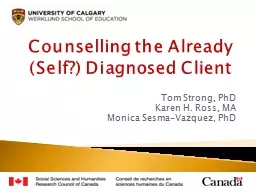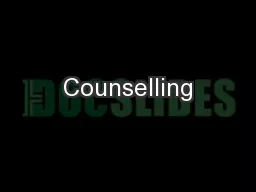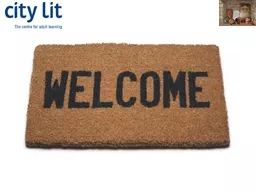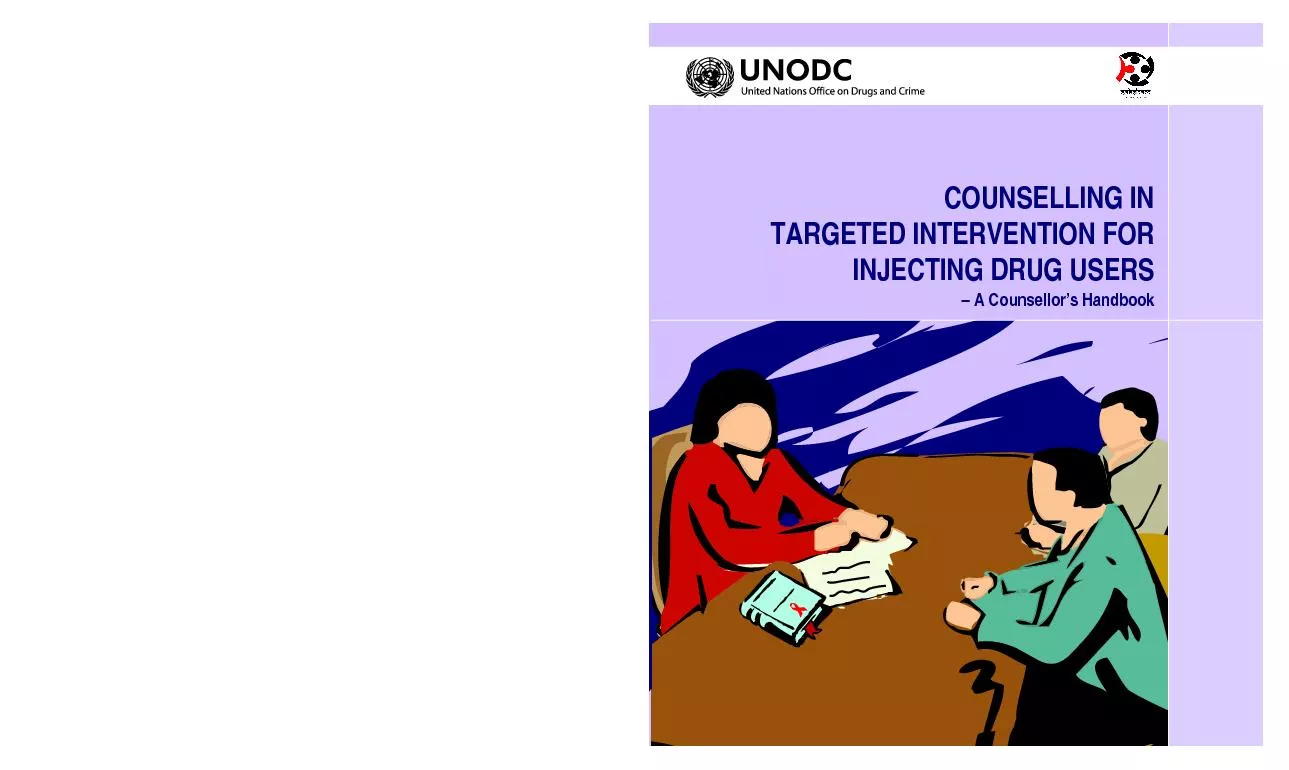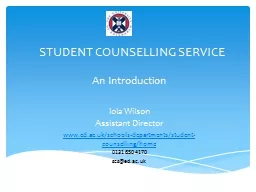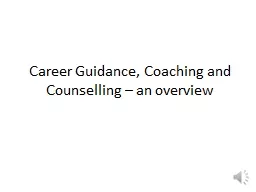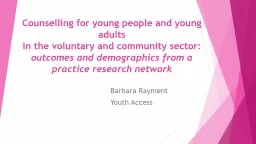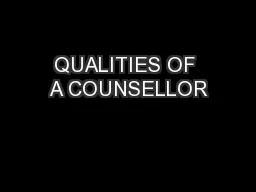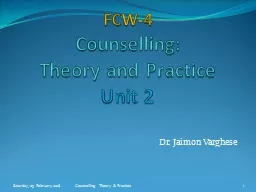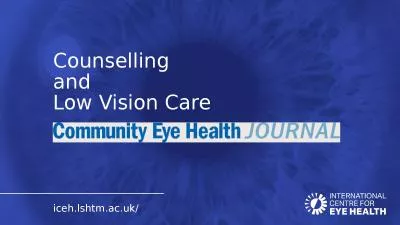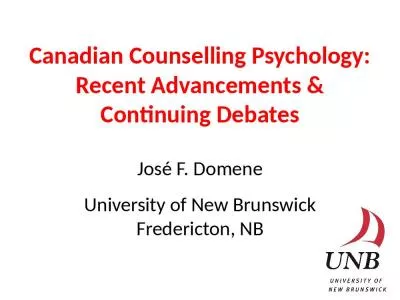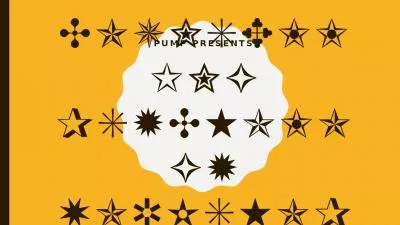PPT-Counselling the Already
Author : trish-goza | Published Date : 2015-09-17
Self Diagnosed Client Tom Strong PhD Karen H Ross MA Monica Sesma Vazquez PhD DSM5 counselling amp our approach Counselling in a therapy culture Interactivity
Presentation Embed Code
Download Presentation
Download Presentation The PPT/PDF document "Counselling the Already" is the property of its rightful owner. Permission is granted to download and print the materials on this website for personal, non-commercial use only, and to display it on your personal computer provided you do not modify the materials and that you retain all copyright notices contained in the materials. By downloading content from our website, you accept the terms of this agreement.
Counselling the Already: Transcript
Download Rules Of Document
"Counselling the Already"The content belongs to its owner. You may download and print it for personal use, without modification, and keep all copyright notices. By downloading, you agree to these terms.
Related Documents

